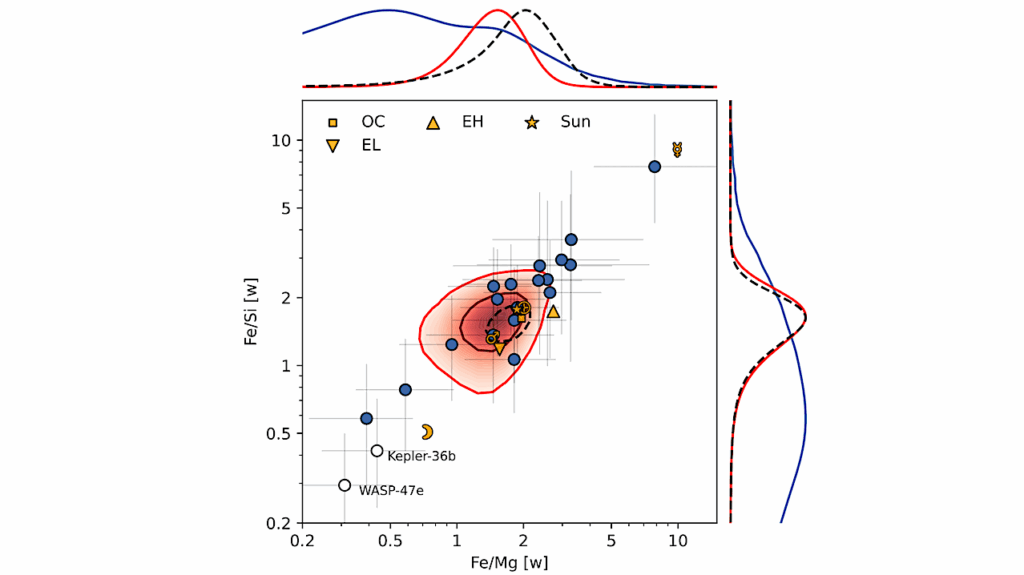Dynamics of Planetary Systems Within Star Clusters: Aspects of the Solar System's Early Evolution

Most planetary systems — including our own — are born within stellar clusters, where interactions with neighboring stars can help shape the system architecture.
This paper develops an orbit-averaged formalism to characterize the cluster’s mean-field effects as well as the physics of long-period stellar encounters. Our secular approach allows for an analytic description of the dynamical consequences of the cluster environment on its constituent planetary systems. We analyze special cases of the resulting Hamiltonian, corresponding to eccentricity evolution driven by planar encounters, as well as hyperbolic perturbations upon dissipative disks. We subsequently apply our results to the early evolution of our solar system, where the cluster’s collective potential perturbs the solar system’s plane, and stellar encounters act to increase the velocity dispersion of the Kuiper belt.
Our results are two-fold: first, we find that cluster effects can alter the mean plane of the solar system by ≲1°, and are thus insufficient to explain the ψ≈6° obliquity of the sun. Second, we delineate the extent to which stellar flybys excite the orbital dispersion of the cold classical Kuiper belt, and show that while stellar flybys may grow the cold belt’s inclination by the observed amount, the resulting distribution is incompatible with the data. Correspondingly, our calculations place an upper limit on the product of the stellar number density and residence time of the sun in its birth cluster, ητ≲2×104Myr/pc3.
Konstantin Batygin, Fred C. Adams, Yuri K. Batygin, Erik A. Petigura
(Submitted on 13 Feb 2020)
Comments: 30 pages, 16 figures, published in The Astronomical Journal
Subjects: Earth and Planetary Astrophysics (astro-ph.EP); Astrophysics of Galaxies (astro-ph.GA); Solar and Stellar Astrophysics (astro-ph.SR)
Journal reference: The Astronomical Journal (2020) volume 159, number 3
DOI: 10.3847/1538-3881/ab665d
Cite as: arXiv:2002.05656 [astro-ph.EP] (or arXiv:2002.05656v1 [astro-ph.EP] for this version)
Submission history
From: Konstantin Batygin
[v1] Thu, 13 Feb 2020 17:35:44 UTC (10,370 KB)
https://arxiv.org/abs/2002.05656
Astrobiology








